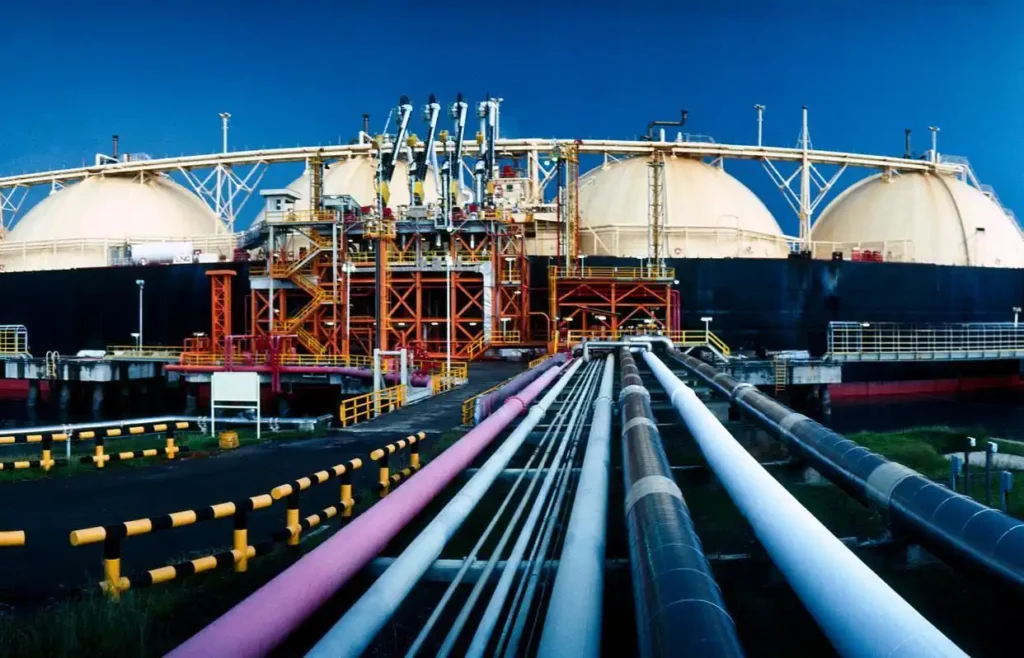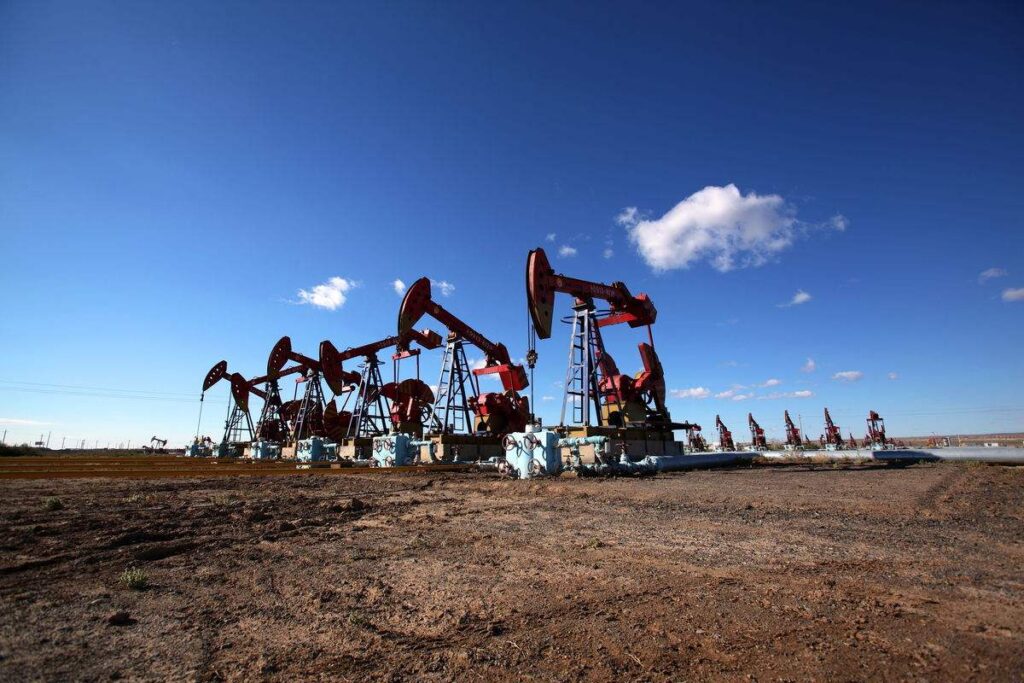Sodium Methallyl Sulfonate (SMAS) plays a crucial role in Enhanced Oil Recovery (EOR), particularly in polymer flooding and high-temperature, high-salinity reservoirs. Its mechanisms include:
1. As a Salt- and Temperature-Resistant Monomer for Polymer Flooding
SMAS is often copolymerized with other monomers (e.g., acrylamide, acrylic acid) to synthesize salt-resistant and thermally stable polyacrylamides (e.g., modified HPAM):
- Stability of Sulfonate Groups (–SO₃Na):
The sulfonate group has strong hydration and ionization capabilities, remaining stable in high-salinity (e.g., Ca²⁺, Mg²⁺) or high-temperature (>80°C) reservoirs. Unlike carboxylate groups (–COO⁻), it resists precipitation with divalent ions. - Improved Solution Viscosity:
The electrostatic repulsion of sulfonate groups extends polymer chains, maintaining viscosity even in saline conditions, effectively displacing crude oil.

2. Enhanced Shear Resistance
- SMAS copolymers have stiffer molecular chains due to sulfonate groups, reducing shear degradation in porous rock formations and maintaining fluid mobility.
3. Altering Rock Wettability
- Sulfonate groups adsorb onto reservoir rock surfaces (e.g., sandstone or carbonate), neutralizing positive charges and reducing oil adhesion, facilitating oil release from pores.
4. As a Surfactant Additive
- When combined with surfactants, SMAS lowers oil-water interfacial tension, helping form microemulsions and improving oil displacement efficiency (especially in low-permeability reservoirs).

5. Hydrolysis Resistance
- Conventional HPAM degrades at high temperatures, but SMAS-modified copolymers remain stable due to the sulfonate group’s chemical resilience, extending functionality in high-temperature reservoirs (>120°C).
Real-World Applications
- High-Temperature, High-Salinity Reservoirs:
SMAS-based polymers are used in China’s Daqing and Shengli oilfields, improving recovery by 10–20% in reservoirs with salinity >20,000 mg/L and temperatures >90°C. - Offshore Oilfields:
SMAS prevents polymer coagulation when seawater (rich in divalent ions like Mg²⁺, Ca²⁺) is used for injection.
Limitations
- Higher cost compared to conventional acrylamide monomers, requiring economic evaluation based on reservoir conditions.
- Optimization of polymerization (e.g., copolymerization with other salt-resistant monomers like AMPS) may be needed.
For specific formulations or field data, further discussion is welcome!






